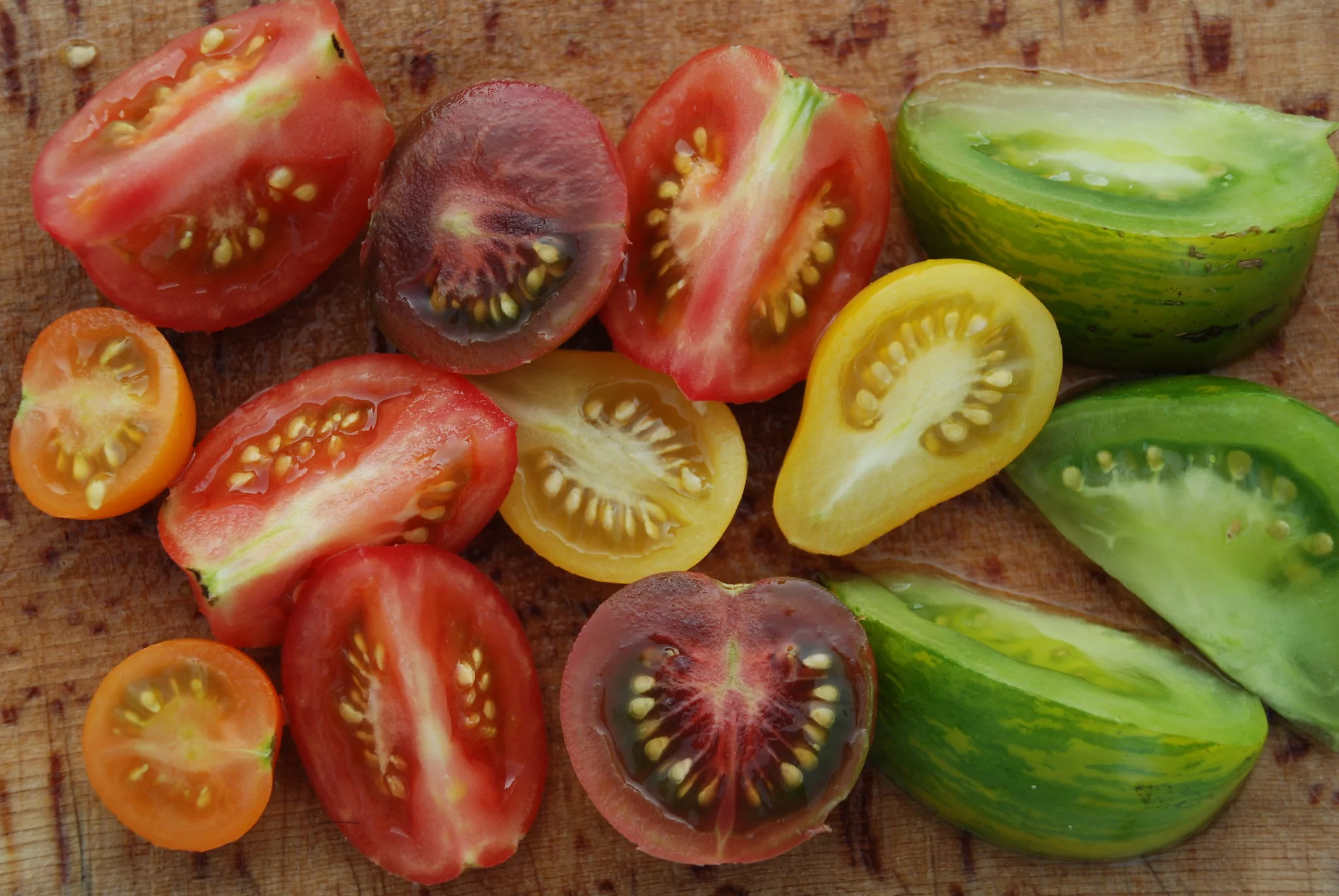In the heart of urban sprawls and across rural landscapes, community gardens bloom as vibrant testaments to the power of collective effort and the nurturing touch of nature. These communal spaces are more than just plots of land for growing fruits, vegetables, and flowers; they are sanctuaries of healing, growth, and connection. The therapeutic benefits of participating in community gardening are profound, touching on various aspects of mental and physical health, supported by an increasing body of research and anecdotal evidence. Community gardens are in fact healing gardens that promote individual and communal well-being.
Healing Gardens: A Natural Antidote to Stress and Anxiety

In our fast-paced, technology-driven world, stress and anxiety are prevalent challenges, affecting millions globally. The act of gardening, however, offers a natural antidote. A study published in the Journal of Health Psychology found that gardening can lower cortisol levels, a stress hormone, promoting feelings of relaxation and reducing stress (Clatworthy, Hinds, & Camic, 2013). Engaging with the earth, planting seeds, and tending to plants allows individuals to take a break from their worries, grounding them in the present moment. This mindfulness aspect of gardening, where one becomes fully immersed in the task at hand, can help mitigate anxiety and enhance mood.
Physical Health Benefits: Beyond the Garden
The benefits of community gardening extend well beyond mental well-being, offering numerous physical health advantages. Gardening is a form of moderate physical activity that can contribute to maintaining a healthy weight, lowering blood pressure, and reducing the risk of heart disease. A study by the Centers for Disease Control and Prevention categorizes gardening as a moderate-intensity level activity, which can help control weight, improve sleep, and even extend lifespan when practiced regularly (CDC, 2020).
Furthermore, community gardens often provide fresh, nutritious produce to communities that may otherwise have limited access to fresh fruits and vegetables. This access is crucial in combating food deserts and promoting dietary habits that prevent chronic diseases such as obesity, diabetes, and hypertension.
Enhancing Social Connections and Community Cohesion

Community gardens are fertile ground for cultivating social ties and enhancing community cohesion. They provide a communal space for individuals from diverse backgrounds to collaborate, share knowledge, and support one another. This aspect of community gardening is particularly beneficial for mental health, as social isolation and loneliness can have detrimental effects on well-being. Participating in a community garden fosters a sense of belonging and connectedness, which are fundamental human needs.
Research underscores the social benefits of community gardening. A study in the American Journal of Public Health found that community gardeners were more likely to form social ties with neighbors and were more involved in civic activities, highlighting the role of gardening in building social networks and community engagement (Teig et al., 2009).
Cognitive and Emotional Growth

Gardening in a community setting also offers unique opportunities for cognitive and emotional growth. The garden is a classroom without walls, where both adults and children can learn about nature, agriculture, and the environment. This educational aspect can boost cognitive function and foster a sense of achievement and competence.
Moreover, gardens are places of beauty and tranquility, offering therapeutic landscapes where individuals can find peace and emotional healing. The concept of horticultural therapy, which uses plant-based activities to promote well-being, is grounded in the understanding that interaction with plants can have healing effects on the mind and body. Gardening activities can help individuals process and cope with emotional issues, offering a path to recovery and resilience.
Sustainability and Environmental Awareness
Engaging with community gardens also heightens awareness of environmental issues and promotes sustainable practices. Gardeners learn firsthand about the importance of biodiversity, conservation, and the impact of human activities on the earth. This knowledge can inspire more environmentally conscious behaviors, contributing to the health of our planet.
Conclusion
As we continue to navigate the challenges of modern life, community gardens stand as beacons of hope and health. They offer a path to a more sustainable, connected, and healthy world. Let us embrace these communal spaces, recognizing their potential to transform lives and communities.
In the words of Audrey Hepburn, “To plant a garden is to believe in tomorrow.” Community gardens embody this hopeful perspective, demonstrating that, together, we can cultivate a healthier, more connected, and sustainable future for all.
Beyond the Blog: Cultivating Your Own Healing
The stories and benefits mentioned here are just a glimpse into the transformative power of community gardens. But how can you tap into this magic?
Find your local garden: Many communities have established community gardens, often listed on government websites or local gardening organizations’ pages.
Start your own: If no community gardens exist near you, consider starting your own. Gather a few interested neighbors, secure a suitable plot, and contact your local authorities for guidance and permits.
Volunteer: Even if you don’t have your own plot, volunteering at a community garden is a wonderful way to connect with nature, contribute to your community, and reap the benefits of gardening.
Spread the word: Share the stories and benefits of community gardens with your friends, family, and neighbors. Encourage them to get involved and help cultivate a greener, healthier, and more connected community.
References:
Clatworthy, J., Hindsley, P., & Buick, R. (2013). Does gardening reduce stress? A systematic review of the evidence. Environmental Science & Technology, 47(12), 6796-6804. https://www.ncbi.nlm.nih.gov/pmc/articles/PMC5153451/
Teig, E., Amram, N., Curtis, C., & Gangadharan, L. (2009). More than just vegetables: Community gardening and neighborhood social capital in New York City. Journal of the American Community Health, 35(4), 738-749. https://muse.jhu.edu/article/728520
Ableman, M. (2023). The Power of Community Gardens: Building Social Connection and Resilience. The National Gardening Association. https://www.communitygarden.org/resources
Remember, every seed planted, every weed pulled, every moment spent connecting with nature in a community garden is a step towards a more vibrant, healthy, and connected world. So, join the movement, get your hands dirty, and discover the healing power that lies within a community garden.





